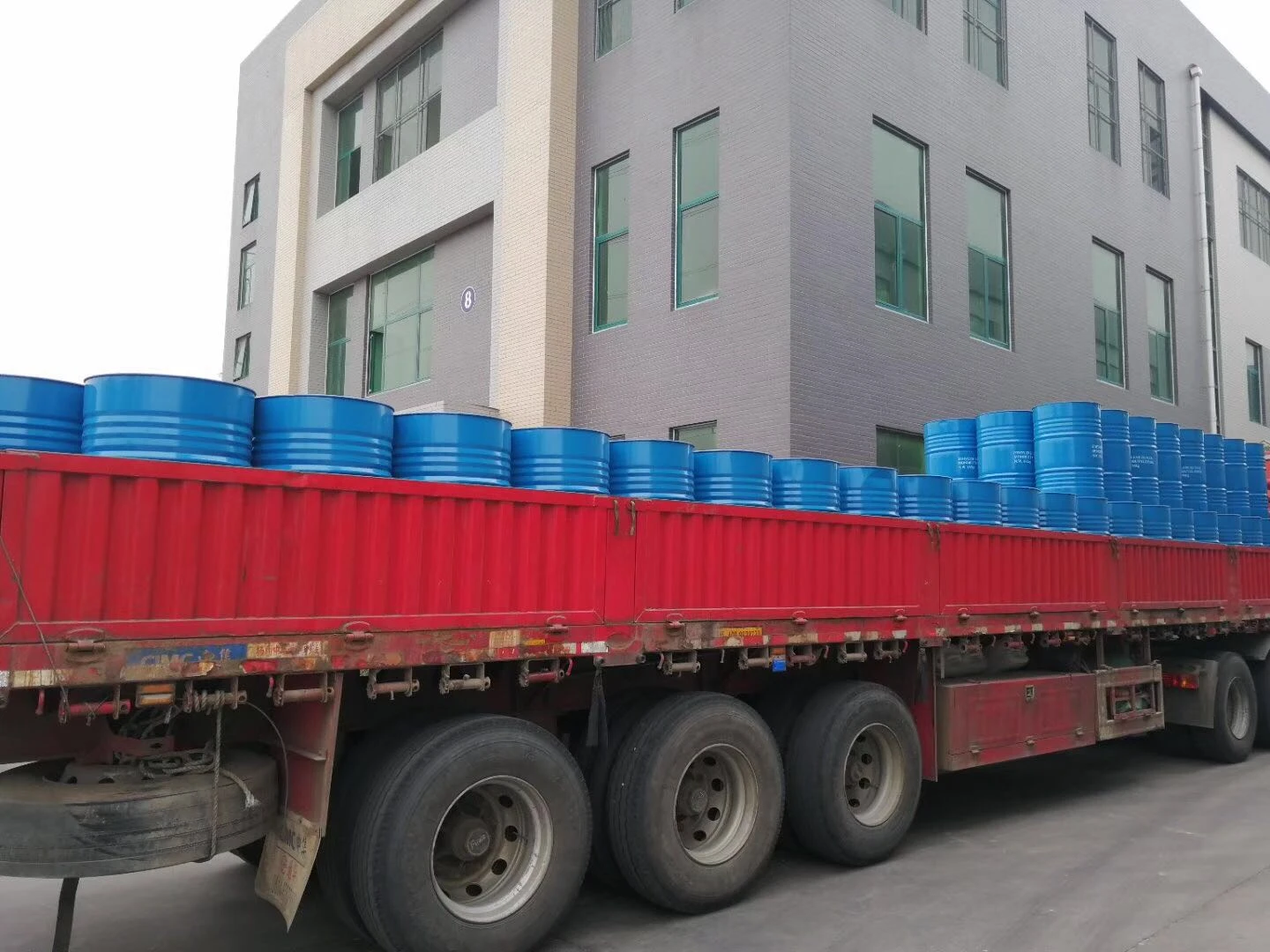Adsorption Processes for Water Treatment
Water, a vital resource for life, is increasingly threatened by pollution and contamination. As industrialization and urbanization have progressed, the demand for clean water has surged, necessitating effective treatment methods. One of the most promising techniques for purifying water is adsorption, a process that involves the adhesion of pollutants onto the surface of a solid material. This article delves into the principles, mechanisms, and applications of adsorption processes for water treatment.
Principles of Adsorption
Adsorption is distinct from absorption; while absorption involves the intake of a substance into the bulk of another, adsorption refers to the accumulation of atoms, ions, or molecules from a gas, liquid, or dissolved solid onto a surface. The adsorption process is influenced by several factors, including the nature of the adsorbent, the properties of the contaminant, and environmental conditions such as temperature and pH.
Adsorbents, the materials with the ability to adsorb, can vary widely, ranging from activated carbon and zeolites to biosorbents derived from natural materials. Activated carbon is one of the most widely used adsorbents due to its high surface area and porous structure, which provide more sites for adsorption. Zeolites, aluminosilicate minerals, have a unique crystalline structure that allows for selective adsorption of particular ions, making them suitable for removing heavy metals and ammonium from water.
Mechanisms of Adsorption
The mechanisms involved in adsorption can be categorized into physical adsorption and chemical adsorption. Physical adsorption, or physisorption, is a reversible process where van der Waals forces induce the accumulation of molecules on the adsorbent's surface. This mechanism is generally characterized by lower energy changes and is influenced significantly by temperature and pressure.
Chemical adsorption, or chemisorption, involves the formation of chemical bonds between the adsorbent and the adsorbate, resulting in a stronger and more permanent attachment. This type of adsorption is generally irreversible and is governed by more complex interactions, including covalent bonding and charge transfer mechanisms.
The adsorption isotherm models, such as Langmuir and Freundlich isotherms, are used to describe how contaminants interact with adsorbents. The Langmuir isotherm assumes a finite number of identical sites and monolayer coverage, while the Freundlich isotherm accounts for multilayer adsorption on heterogeneous surfaces.
adsorption processes for water treatment pdf

Applications in Water Treatment
Adsorption processes have found extensive applications in water treatment, particularly in removing organic pollutants, heavy metals, and pathogens. Activated carbon filters are commonly employed in municipal water treatment facilities to improve water quality by adsorbing chlorine, volatile organic compounds, and other contaminants. These systems effectively reduce the concentrations of harmful substances, enhancing the safety and taste of drinking water.
Another significant application of adsorption is in the removal of heavy metals, such as lead, cadmium, and arsenic. Bioadsorbents, made from agricultural wastes and other natural materials, have shown promise in treating wastewater contaminated with heavy metals. These biosorbents not only provide a cost-effective and eco-friendly solution but also contribute to waste minimization by repurposing agricultural byproducts.
Additionally, adsorption is also utilized in advanced oxidation processes (AOPs) to enhance the removal efficiency of persistent organic pollutants. By combining adsorption with oxidation techniques, the overall treatment process can effectively break down complex pollutants that are otherwise challenging to remove.
Challenges and Future Prospects
Despite the advantages of adsorption processes, several challenges remain. The saturation of adsorbents over time necessitates regular regeneration or replacement, which can lead to increased operational costs. Furthermore, the disposal of spent adsorbents poses environmental concerns, particularly if they are laden with toxic substances.
Innovative approaches are being explored to enhance the efficiency and sustainability of adsorption processes. The development of novel adsorbents with tailored properties, as well as hybrid systems that combine adsorption with other treatment methods, holds promise for future advancements in water treatment technology.
In conclusion, adsorption processes play a critical role in modern water treatment strategies by effectively removing a wide range of contaminants. Continued research and development in this field are essential to address the challenges associated with water pollution and ensure sustainable access to clean water for future generations.

